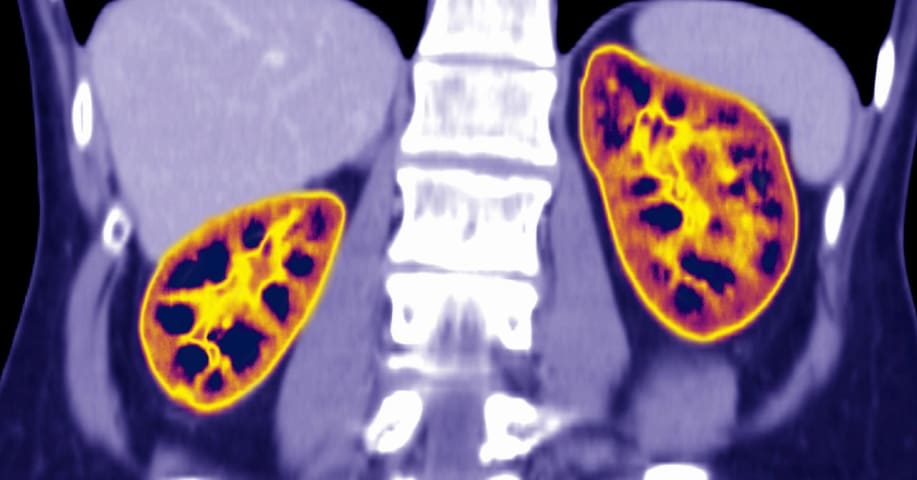Incident 79: Une méthode de test rénal aurait sous-estimé le risque chez les patients noirs
Entités
Voir toutes les entitésClassifications de taxonomie CSETv1
Détails de la taxonomieIncident Number
79
AI Tangible Harm Level Notes
There is no AI. The harm comes from a formula that uses race as a factor.
Notes (special interest intangible harm)
4.1 - Black patients overlooked by the calculation because of built-in points had their access to critical public healthcare reduced.
Special Interest Intangible Harm
yes
Classifications de taxonomie CSETv0
Détails de la taxonomieProblem Nature
Unknown/unclear
Physical System
Software only
Level of Autonomy
Low
Nature of End User
Amateur
Public Sector Deployment
No
Data Inputs
creatinine levels, age, sex, race
Risk Subdomain
1.1. Unfair discrimination and misrepresentation
Risk Domain
- Discrimination and Toxicity
Entity
AI
Timing
Post-deployment
Intent
Unintentional
Rapports d'incidents
Chronologie du rapport

Pendant des années, les médecins et les étudiants en médecine, dont beaucoup sont noirs, ont averti que le test rénal le plus largement utilisé – dont les résultats sont basés sur la race – est raciste et dangereusement inexact. Leurs appel…

CONTEXTE : Pour faire progresser l'équité en santé, il faut réduire les disparités dans les soins. Les patients afro-américains atteints d'insuffisance rénale chronique (IRC) ont de moins bons résultats, y compris le placement de l'accès à …

LES NOIRS AUX ÉTATS-UNIS souffrent davantage de maladies chroniques et reçoivent des soins de santé inférieurs à ceux des Blancs. Les mathématiques faussées racialement peuvent aggraver le problème.
Les médecins prennent souvent des décisio…
Variantes
Incidents similaires
Did our AI mess up? Flag the unrelated incidents
Incidents similaires
Did our AI mess up? Flag the unrelated incidents





